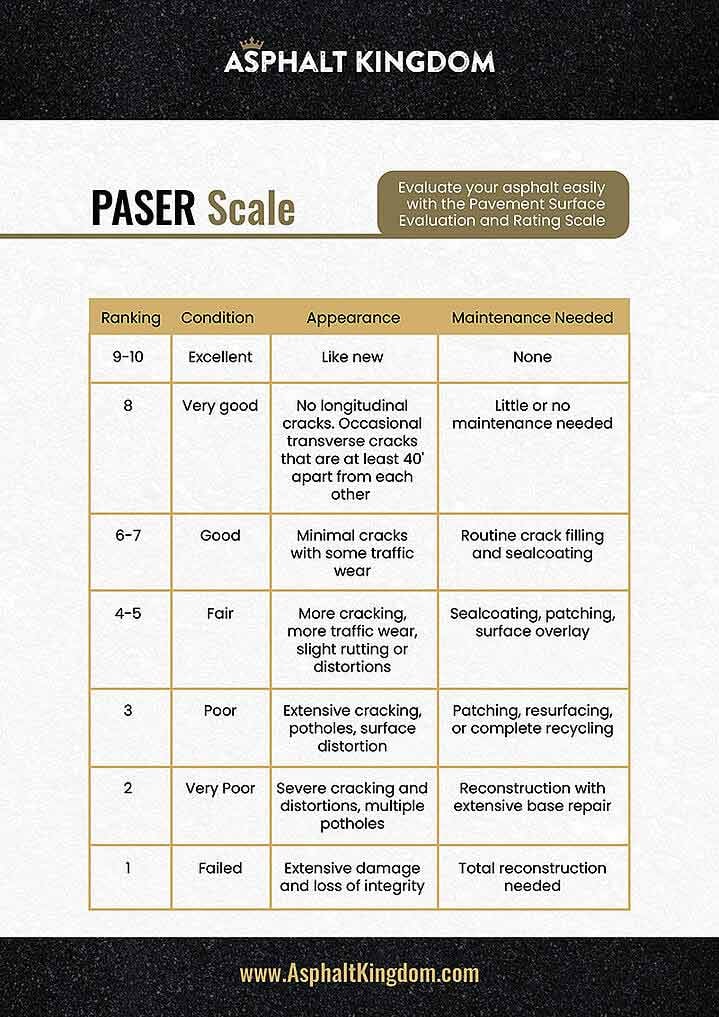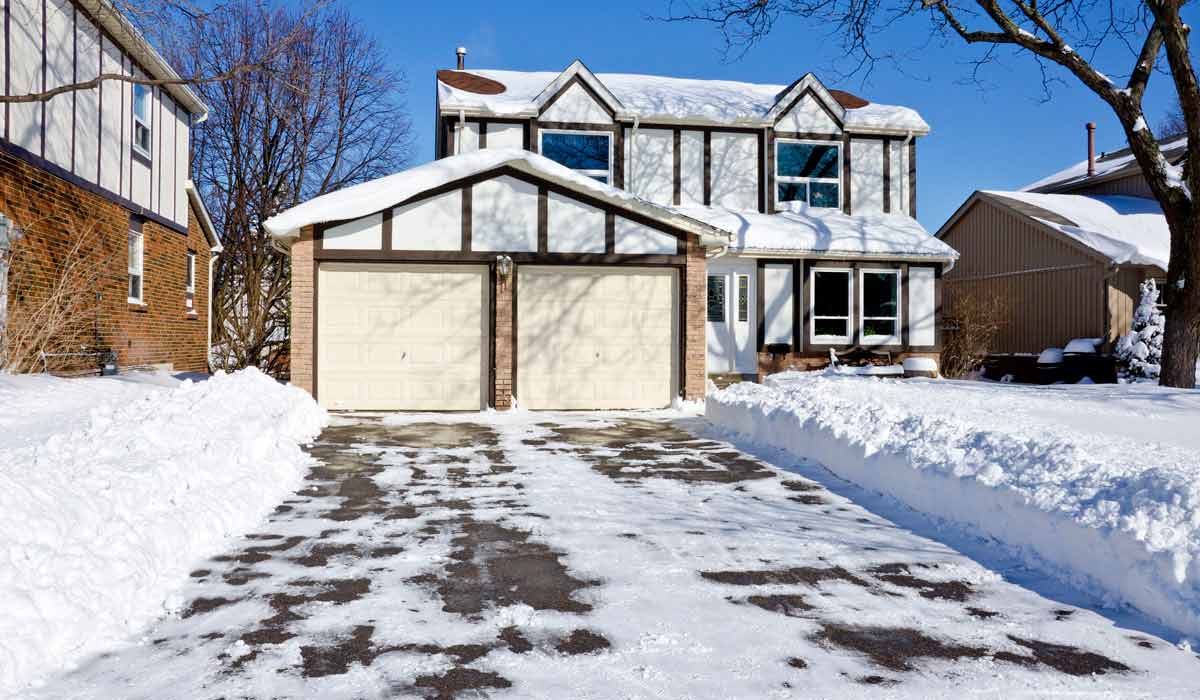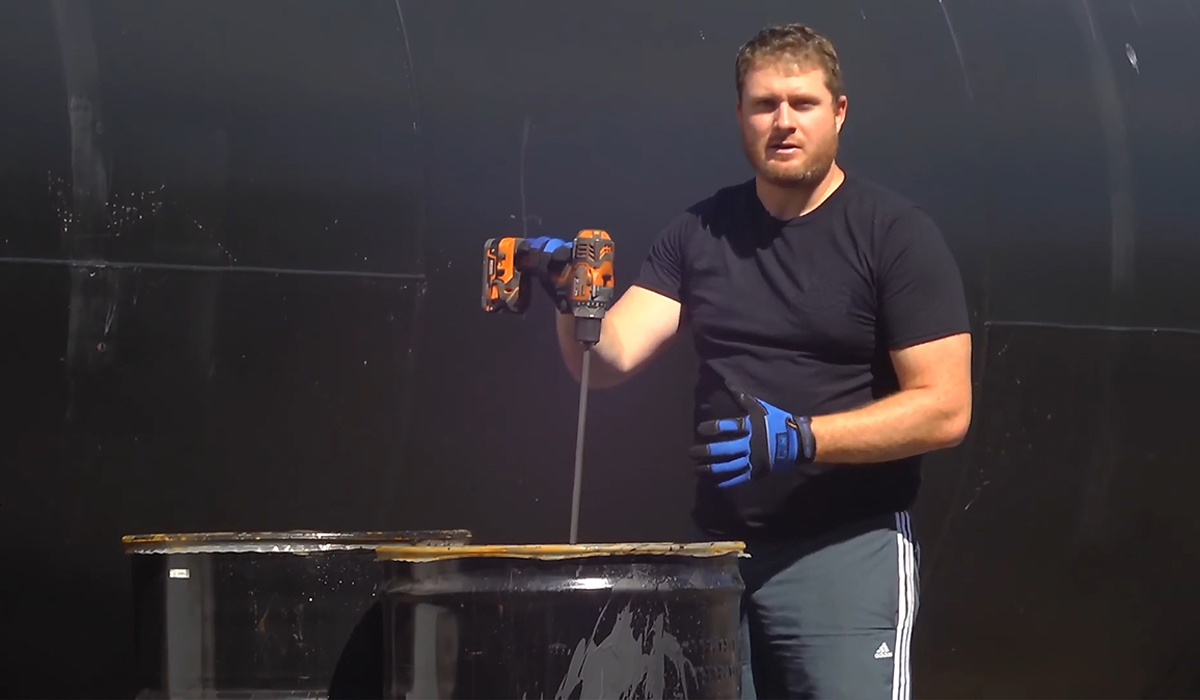- Conduct pavement assessment by checking the color of the asphalt, assessing crack size, and locating drainage issues.
- Use the PASER Scale to conduct pavement assessment.
- Check out the steps you can take after conducting asphalt pavement assessment.
Routinely assessing your pavement condition is a great way to know when it needs repairs. However, acting based on a pavement assessment can be confusing. That's where the PASER Scale comes in handy.
Table of Contents
- Items to Check For During a Pavement Assessment
- The PASER Scale
- Assessing pavements with the PASER Scale
- Planning After a Pavement Assessment
Items to Check For During a Pavement Assessment
Whether you have a parking lot or a private road stretch, you need to check the same things. These also apply whether you're examining asphalt or concrete during your pavement assessment.
Color
Asphalt should retain a solid black color when it is in good condition. Over time, it fades to a duller gray shade. This change indicates UV damage from the sun, which also dries out the pavement and affects its overall condition.
Crack Size
Checking the cracks' size can tell you what action is necessary to remediate the problem. Both depth and width are essential characteristics for you to note on your pavement assessment.
Crack Location
Crack location is also important when doing a pavement assessment. Suppose the cracks are within 40 feet of each other and nowhere else, for example. In that case, that may indicate a deeper problem in that specific area.
Drainage Issues
Noting any drainage issues, like puddles in the corner or drains that overflow, is also part of assessing your pavement condition. Allowing excess water to sit on the pavement can damage it over time through erosion or the freeze/thaw cycle.
Foundation Stability
The foundation under your pavement also affects its condition. If you see bucking, warping, cracking, and pothole that require repair often, you may need to have the foundation evaluated.
Accessibility
In the case of parking lots, you'll also need to look at your accessible features. Items like holes at the base of ramps or unclear line striping do need remedying as soon as possible. Otherwise, you may incur code violations.
Maintenance Records
One of the useful things during a pavement assessment is having the maintenance records. This check shows what has been done to keep the pavement in good condition over the years. If possible, you should also know how old the pavement is.
What is the PASER Scale?
PASER stands for Pavement Surface Evaluation and Rating. The University of Wisconsin developed the system to provide a consistent standard for pavement assessments. Several state transportation departments have also adopted it.
The PASER Scale uses practical pavement indicators to rate your pavement condition objectively. The scale provides you an objective figure for your records and a place to start while discussing your pavement condition with other people.
How the PASER Scale Helps with Pavement Assessments
The PASER Scale is useful for helping you determine what your pavement needs in terms of maintenance. It uses practical indicators like cracks to rate your pavement's condition. These ratings also come with maintenance recommendations.
It's an easy-to-use tool whether you're planning to DIY your driveway or considering whether your property maintenance crew can handle the problems. There's no guessing since you can take a measuring tape to your pavement.
Larger organizations find using the PASER Scale improves their tracking and maintenance. There are even automated software programs that you can use for pavement assessments that also track the results.
Planning After a Pavement Assessment
The good news is that you can do many of the recommended repairs on the PASER Scale without a contractor or specialized equipment. That saves you money, just like keeping maintenance up on your pavement means you don't have to replace it.
Using cold patch filler is an excellent option for many small repairs. This method only requires the filler and a tool to tamp the stuff down with. You can do the layers when you have time, rather than having to rush too.
You can also easily apply a rubberized crack sealer without a contractor. This fix after pavement assessment treatment involves the rubberized sealer and a squeegee. Then it's a matter of pouring the sealer and making sure it ends up in every part of the crack.
By catching cracks and other problems early, you can keep your pavement in functional working order. Putting a pavement assessment on your calendar monthly or quarterly can help you protect your investment for years to come.
If you want a second opinion of your evaluation, Asphalt Kingdom is here to help. Check out the free pavement assessment tool available to you any time of day.








